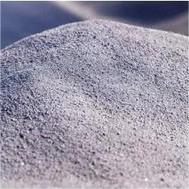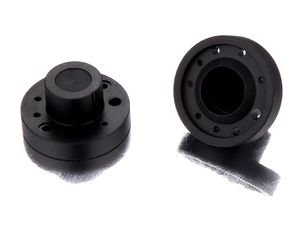**The Unsung Heroes of 3D Printing: Why Your Prints Need a Little Backup**
(What Is Support Material In 3d Printing)
Imagine building a bridge without scaffolding or baking a cake without a pan. Sounds messy, right? In 3D printing, support materials play that same behind-the-scenes role. They’re the invisible helpers that make sure your wildest designs don’t collapse mid-print. Let’s break down why these materials matter and how they turn digital dreams into real-world objects.
**What Exactly Are Support Materials?**
Think of support materials as temporary crutches for your 3D prints. When a printer creates an object layer by layer, gravity doesn’t take a break. Overhangs, arches, or intricate details can droop or fail if printed mid-air. Supports step in to hold those tricky parts up until the rest of the structure solidifies. Once the print is done, you snap or wash these supports away, leaving your design intact.
**Why Can’t We Just Print Everything Freestyle?**
3D printers aren’t magic. They follow rules. If part of your design juts out at an angle steeper than 45 degrees, it’s like asking a chef to frost a cupcake sideways—it’ll slide right off. Supports act as a safety net. Picture printing a figurine with outstretched arms. Without supports, those arms would start as spaghetti-like blobs. With supports, they become crisp, detailed features.
**Types of Support Materials: Pick Your Sidekick**
Not all supports are created equal. Some are made from the same material as your print. Others use special dissolvable or breakaway formulas. Let’s compare:
1. **Same-Material Supports**: Cheap and simple. Use your main printing filament (like PLA or ABS) for both the object and its supports. Downside? Removing them can leave scars or require sanding.
2. **Dissolvable Supports**: These vanish in liquid. Materials like PVA (think water-soluble glue sticks) melt away in water, leaving complex geometries untouched. Perfect for designs with hidden nooks.
3. **Breakaway Supports**: Slightly flexible and designed to snap off cleanly. Less messy than same-material options but still needs careful post-processing.
Each type has trade-offs. Your choice depends on the design’s complexity, your budget, and how much cleanup you’re willing to do.
**The Love-Hate Relationship with Supports**
Supports solve problems but create new ones. Overuse wastes material and time. Removing them risks damaging delicate parts. Ever spent an hour picking support scraps out of a tiny gear? It’s like defusing a bomb with tweezers.
Smart printers minimize this headache. Slicing software (the tool that preps 3D models for printing) lets you customize where and how supports generate. Adjust the density, placement, or angle to balance stability with easy removal. Some designs even tweak the orientation of the print to reduce the need for supports altogether.
**The Future of Supports: Less Work, More Magic**
New tech is making supports less of a chore. Experimental printers use lasers or advanced materials that dissolve faster or break away cleaner. Others print supports that crumble like graham crackers at the touch. Researchers are even testing “smart supports” that dissolve on command using heat or light.
For now, supports remain a necessary step in most prints. They might not be glamorous, but they’re what let 3D printing push boundaries—from medical implants with lattice-like structures to aerospace parts with mind-bending curves. Next time you snap off a support, give it a silent nod. It’s the quiet hero that let your idea stand tall.
(What Is Support Material In 3d Printing)
**Bonus Tip**: Want fewer supports? Design with 45-degree angles in mind. Rounded edges beat sharp overhangs. Rotate your model to let gravity help. Sometimes, a small tweak in your digital file saves hours of post-print cleanup.
Inquiry us
if you want to want to know more, please feel free to contact us. (nanotrun@yahoo.com)

